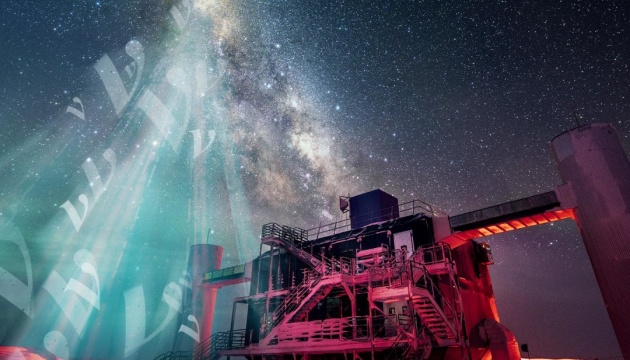Thanks to the IceCube observatory at the Antarctic Amundsen-Scott station, an international group of astronomers has taken the first picture of the Milky Way galaxy using neutrinos.
As reported by Ukrinform, this is stated in the press release of the University of Pennsylvania (USA).
A neutrino is a stable, electrically neutral elementary particle with a much smaller mass than any other known elementary particle.
“Most of what we know about our universe and galaxy, we learned by observing electromagnetic radiation. “This new neutrino image of the Milky Way is completely different and allows us to explore questions about the origin and functioning of our galaxy in a new way,” said Doug Cowen, professor of physics at the university and member of the international IceCube Collaboration.
It has been noted that the detector of the IceCube neutrino observatory at the Amundsen-Scott station has detected highly energetic neutrinos, millions or billions of times greater than the energy of the fusion reactions of power stars. South pole.
It is the only detector of its kind that covers one cubic kilometer of Antarctic ice depth and is equipped with more than 5,000 light sensors.
IceCube had previously detected energetic neutrinos from astrophysical sources much further away from our galaxy, but these sources were located in the northern sky, allowing researchers to use the Earth as a filter to clear everything but neutrinos.
Because of Earth’s orientation towards the Milky Way, many potential sources of galactic neutrinos are in the southern part of the sky.
As Ukrinform reports, a group of international scientists has unveiled the first evidence of the background of long-wavelength gravitational waves filling the cosmic universe.
Photo: psu.edu













